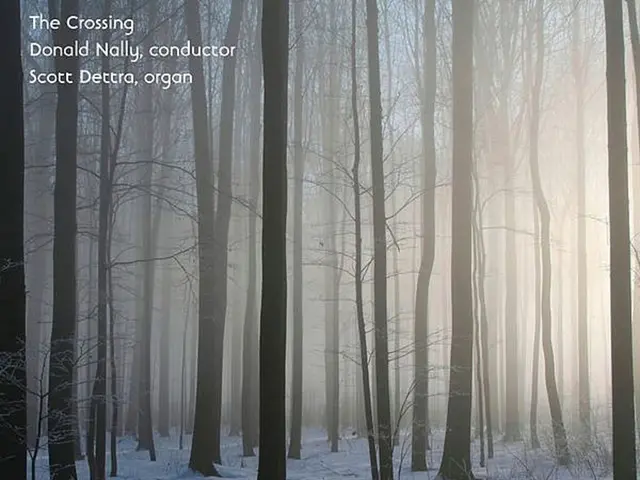Glacier fractures: Understanding the breakdown process and potential subsequent events.
Alpine Tragedy: Village Buried by Glacier Collapse
Blatten, Switzerland — A catastrophic glacier collapse in Switzerland has engulfed the entire village of Blatten, with authorities launching an investigation into the cause. The affected area has been monitored for decades, raising concerns that similar incidents could occur elsewhere.
Cause of the Glacier Collapse
Geomorphologist Jens Turowski, from the GFZ Helmholtz Centre for Geosciences in Potsdam, explained that the collapse was imminent. He remarked that the region had been under constant observation for thirty years and was known to be potentially dangerous.
Last week, significant rock movements occurred on the Kleines Nesthorn mountain. Over the course of one to two days, rocks up to three meters high shifted, signaling rapid and unusual activity. Approximately three million cubic meters of rock cascaded onto the Birch glacier in multiple waves, weighing nearly nine million tons.
The immense weight from the rock pushed the glacier's ice downwards, causing it to bulge at its foot. As Turowski described, the pressure on the glacier was similar to pushing a soft butter block on a slope, causing it to bulge at the base. A section of the glacier eventually broke off on Wednesday and hurtled down onto the village, accompanied by most of the fallen rocks.
Identified Triggers
Turowski explained that glacier collapses typically transpire as a result of a sequence of events, rather than a single trigger. The specific factors leading to the disaster in Blatten still require further investigation.
One possible cause is melting permafrost, which acts as a natural adhesive for mountain structures. Warming temperatures could weaken and destabilize this adhesion, increasing the likelihood of rockfalls and glacier collapses.
Another potential cause is the accumulation of meltwater within the rock, which can build pressure in cracks and pores, eventually causing the rock to break apart. However, it's important to note that the disaster was likely a combination of multiple factors.
Climate Change's Role in Glacier Instability
Turowski stressed that while glacier collapses have occurred historically and will continue to do so, they cannot be prevented. However, climate change may play a role in exacerbating these events. Changes in temperature and precipitation could alter glacier behavior and increase the likelihood of instability.
The existence of accelerated glacier melting, permafrost instability, and increased freeze-thaw cycles due to climate change can all contribute to enhanced glacier instability, making collapses more frequent and possibly more severe.
Future Frequency of Such Events
Turowski warned that in high-altitude areas where conditions become more favorable due to climate change, such collapses may become more common. However, he emphasized that there has not yet been concrete statistical evidence to support this assertion.
In the wake of this disaster, the world is reminded of the inherent risks posed by glacier instability and the importance of monitoring and preparing for potential future events. The decision to intervene must be carefully considered, as heavy machinery may not be suitable for the soft material and subsequent landslides remain a possibility.
Other environmental-science research may be necessary to determine the exact causes of the glacier collapse in Blatten, Switzerland, beyond the identified triggers such as melting permafrost and accumulated meltwater. The future frequency of similar medical-conditions related to glacier instability could potentially increase due to climate change, forcing health-and-wellness organizations to reevaluate disaster preparedness plans in climate-change prone regions. This tragedy underscores the interconnectedness of science fields, emphasizing the importance of collaboration between medical, health, and environmental scientists in addressing such global issues.





